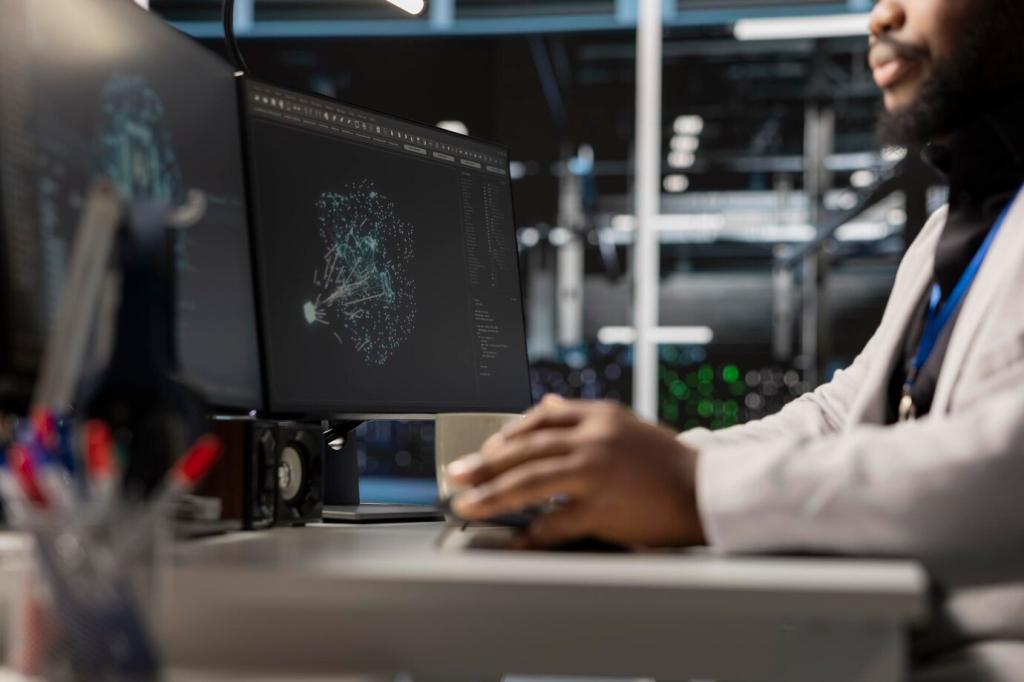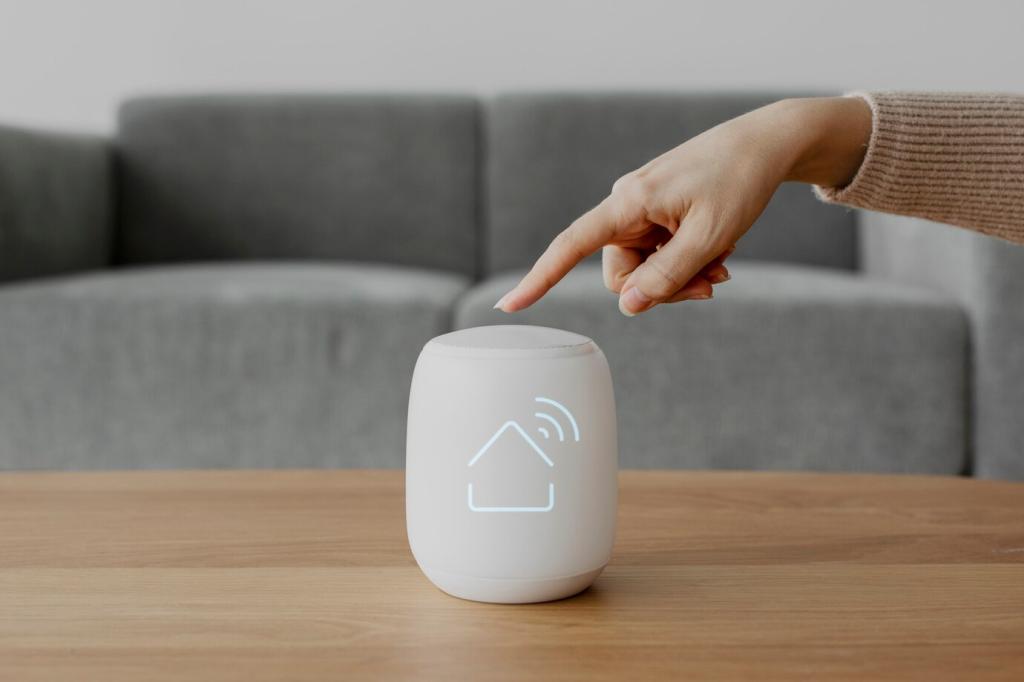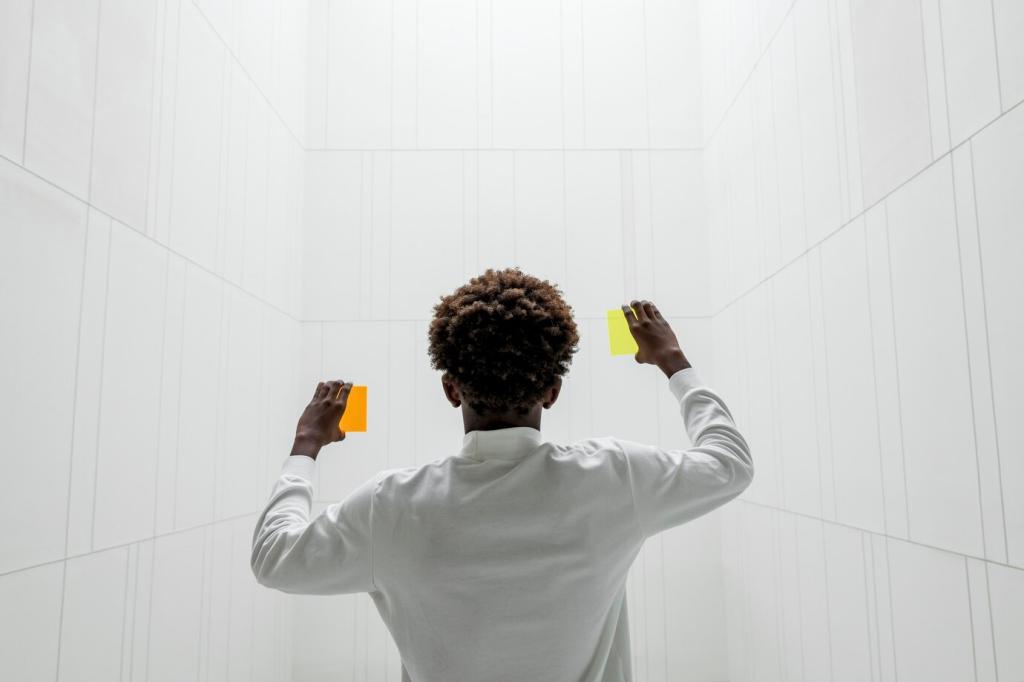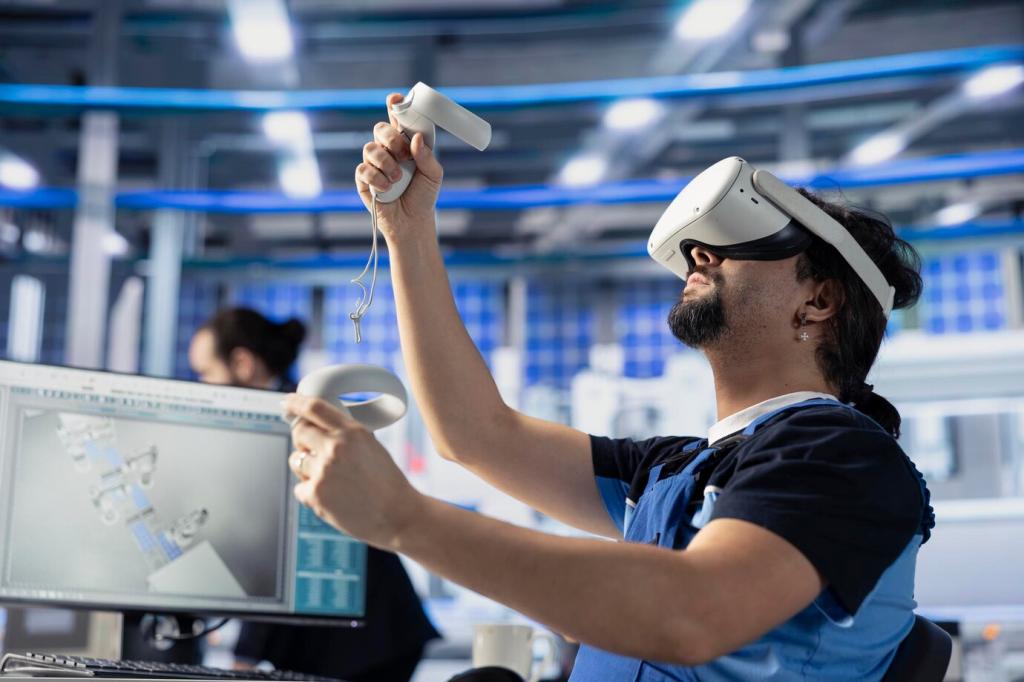Advanced Drone Applications in Wildlife Monitoring
Chosen theme: Advanced Drone Applications in Wildlife Monitoring. From thermal counts at dusk to 3D habitat maps and onboard AI, explore how low-impact flights translate into conservation decisions. Subscribe, share your field lessons, and help shape the next mission.
Low-Impact Sensing: Seeing Without Disturbing
Thermal cameras spot warm bodies in dusk and darkness, while multispectral sensors reveal stressed vegetation, hidden nests, and trails. Calibrated flights minimize disturbance, turning pixels into ethically gathered behavioral insights.

Low-Impact Sensing: Seeing Without Disturbing
Directional microphones and compact recorders catch choruses from frogs, bats, and songbirds beyond human hearing. Time-synced audio with GPS creates calling maps that guide conservation teams without trampling fragile breeding grounds.
Edge inference trims bandwidth by detecting animals on the drone, not the cloud. Pruned convolutional networks tag elephants, seals, or deer in real time, buffering only useful clips for later validation.
Data to Decisions: AI Pipelines From Sky to Species


Field Stories: Real Missions, Real Lessons
At a quiet beach, pre-sunrise flights mapped fresh turtle crawls without footprints. The team found a cluster of nests near a dune notch, then circled high while volunteers fenced the area.
Field Stories: Real Missions, Real Lessons
Oblique images stitched into 3D helped count nest platforms hidden by leaves. Later, trekking transects confirmed estimates within confidence bounds, proving drones reduced effort while keeping disturbance below accepted primate guidelines.

Beyond aviation permits, many parks require wildlife-specific approvals and seasonal no-fly windows. We craft mission plans with wardens and biologists, documenting contingencies so every sortie respects law, safety, and animals.

Even with consent, cameras can capture people inadvertently. We blur faces, restrict access, and delete unrelated imagery. Share your governance templates, because strong ethics keep programs welcome and communities genuinely supportive.

Elders, scouts, and herders know migratory rhythms better than dashboards. Inviting them to plan transects improved sightings and safety. Subscribe if co-designed routes or landing zones have transformed your conservation flights.
Hardware That Works in the Wild
Fixed-wings cover vast savannas efficiently, while multirotors hover precisely above cliffs and rookeries. Hybrid VTOL platforms bridge both tasks, extending range without runways and making delicate vertical recoveries in tight spaces.

Photogrammetry for Landscape Change
Repeatable flight lines and ground control unlock centimeter-scale maps showing erosion, regrowth, and water paths. When communities see time-lapse mosaics, stewardship conversations become concrete, inspiring seasonal volunteer mapping days.
LiDAR for Structure
Pulsed lasers pierce foliage, modeling canopy layers that shelter nests and roosts. Combining LiDAR with thermal aids roost counts at dusk, revealing vertical niches that traditional transects often underestimate or miss entirely.
Integrating Drones with Satellites
Satellites show regional patterns; drones validate mechanisms on the ground. Downscaling and upscaling together turn isolated flights into monitoring systems, aligning field stories with big-picture trends funders and policymakers require.
Join our mailing list
